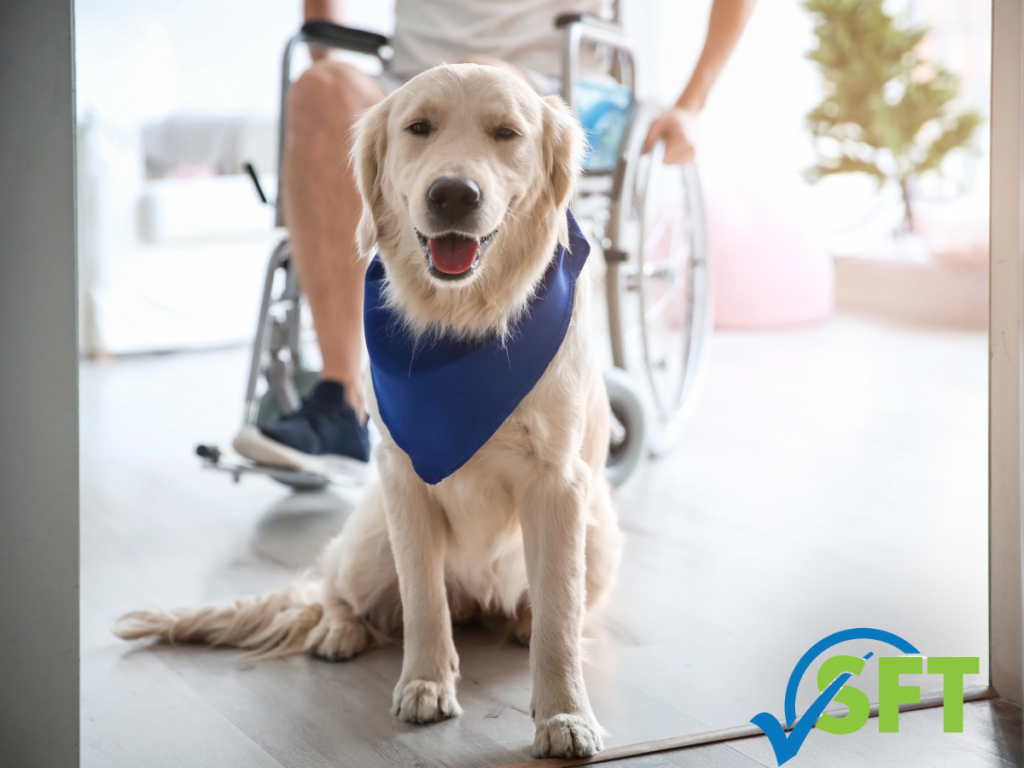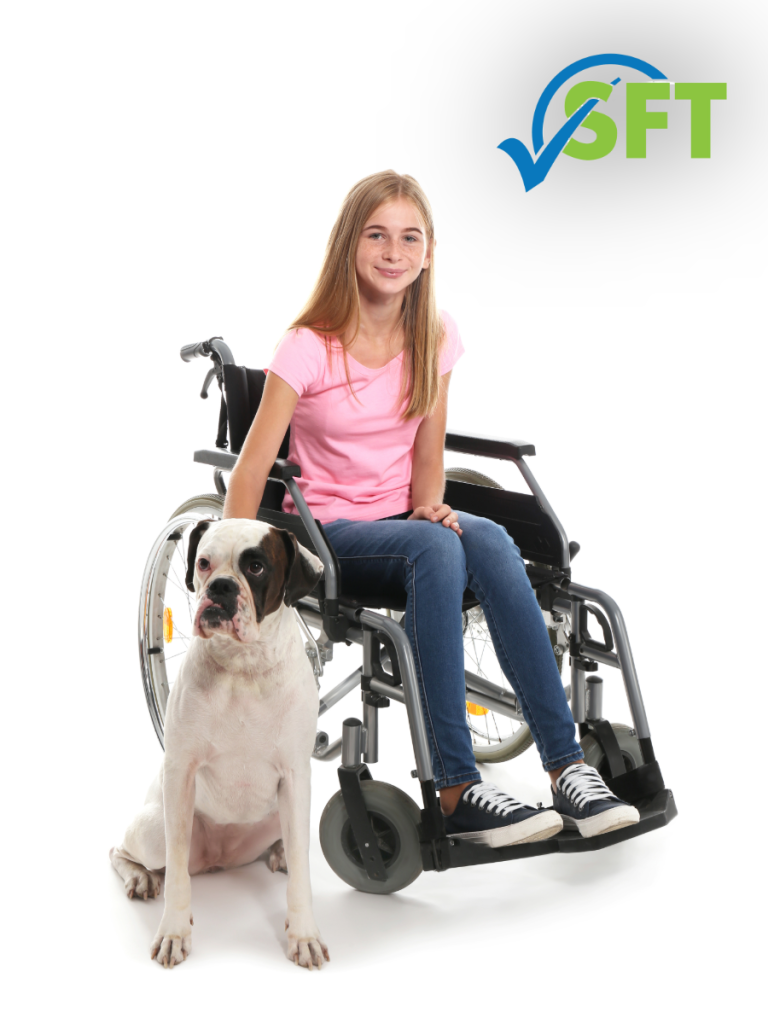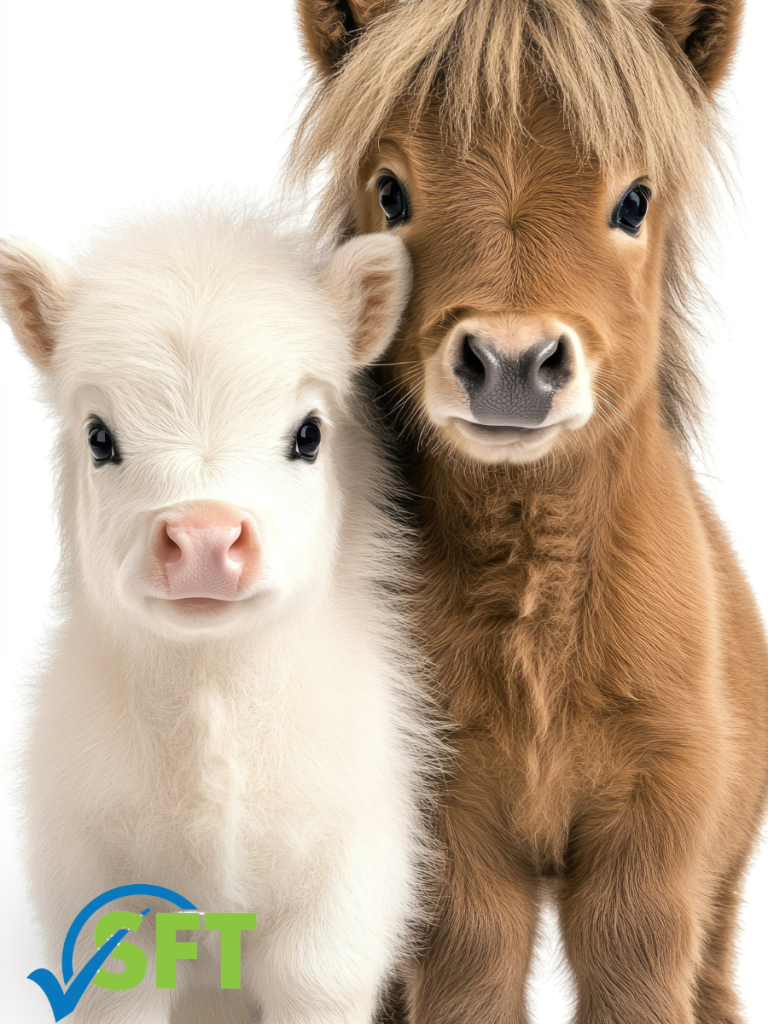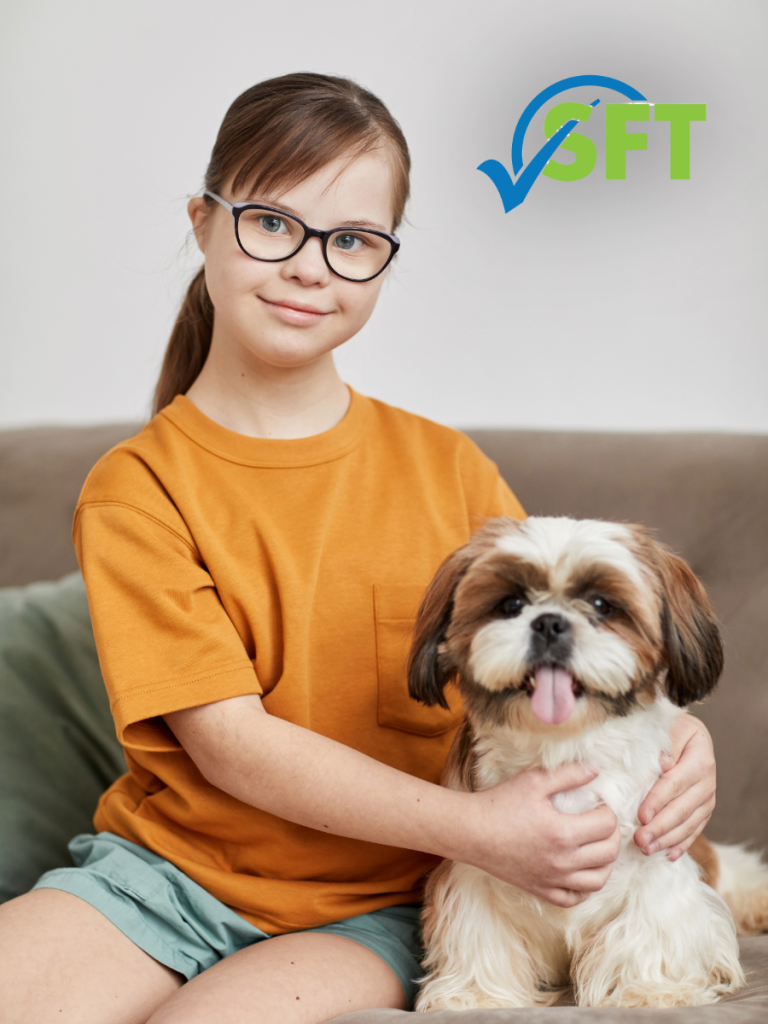
With the Labor Day weekend approaching, restaurants across Minnesota are preparing for a welcome surge of customers looking to enjoy the last days of summer. As a certified Minnesota food manager, finding the right balance to ensure a smooth and positive experience for every guest is a top priority. One situation that can cause confusion for even the most seasoned staff is navigating the rules around animals in the dining room. Understanding the clear legal distinctions between service animals and other animals is not just excellent customer service—it’s a critical part of your compliance and hospitality strategy.
Knowing the correct way to welcome a guest with a service animal while confidently upholding your establishment’s policies is key. This guide will clarify the official service animal rules so you and your team can handle any situation with professionalism and respect.
Supporting All Guests: A Commitment to Hospitality
Before diving into specific rules, it’s important to frame this issue as one of hospitality and inclusion. According to the CDC, one in four adults in the United States lives with a disability. This means a significant portion of your customer base may rely on a service animal to navigate the world. For these individuals, dining out isn’t just a meal; it’s an exercise in trusting that establishments will be accessible and welcoming. By training your team to handle these situations correctly, you are not just following the law—you are showing a large and loyal segment of your community that they are valued and respected.
The Law Is Clear: Service Animals Are Welcome



Under the Americans with Disabilities Act (ADA), a service animal is not a pet. Businesses serving the public must allow service animals, working animals considered medical equipment, to accompany their handlers in all areas open to customers. For a restaurant, this means the main dining room, waiting areas, and restrooms.
Understanding the legal definition of a service animal and permissible questions is crucial.
- What is a service animal? The ADA defines a service animal as a dog that has been individually trained to do work or perform specific tasks for a person with a disability. In some cases, a miniature horse may also qualify. The animal’s task must directly relate to the person’s disability.
- What can you ask? When it is not obvious what service an animal provides, you may only ask two questions:
- “Is the dog a service animal required because of a disability?”
- “What work or task has the dog been trained to perform?”
- What is a service animal? The ADA defines a service animal as a dog that has been individually trained to do work or perform specific tasks for a person with a disability. In some cases, a miniature horse may also qualify. The animal’s task must directly relate to the person’s disability.
What can you NOT ask? You cannot ask about the person’s disability, require them to show medical documentation, or demand a special ID card or training certificate for the animal. You also cannot charge a fee for the service animal.
Service Animals vs. Emotional Support Animals: A Crucial Distinction



This is where most confusion arises. While often grouped together, emotional support animals do not have the same legal protections as service animals under the ADA. You and your staff must understand the difference.
- Emotional Support Animals Are Not Service Animals: No one individually trains an emotional support, therapy, comfort, or companion animal to perform a specific job or task. Its presence provides a benefit, but it does not have the legal standing of a service animal. Therefore, the ADA does not grant them access to public places, such as restaurants.
- Your Policy Matters: You may legally prohibit emotional support animals from your dining room. This holds true even if you have a pet-friendly patio. You can enforce a “no pets” policy for animals that do not meet the ADA’s definition of a service animal.
Clear Communication is Key: Having a clear, consistent policy and training your staff to communicate it politely is crucial. A customer may not be aware of the difference, and a respectful explanation can help prevent a difficult situation from escalating.
Maintaining a Safe and Welcoming Environment for Everyone



Accommodating a service animal does not mean sacrificing the safety and comfort of your other guests. The ADA outlines reasonable behavioral standards for service animals, and the handler is responsible for meeting them.
- The Handler Must Be in Control: The service animal must be under the handler’s control at all times. This usually means being on a harness, leash, or tether. The animal should be well-behaved, not barking excessively or creating a disturbance.
- When You Can Ask an Animal to Leave: You can legally ask for a service animal to be removed from the premises if it is out of control and the handler does not take effective action to control it, or if the animal is not housebroken.
- Serve the Handler, Not the Animal: If you justifiably remove a service animal, you must still serve the person with the disability. The goal is to address the animal’s behavior, not to refuse service to the individual.
Navigating the rules for service animals is a vital part of being a certified food manager in Minnesota. By understanding the law, training your team on the two key questions, and knowing the difference between service animals and emotional support animals, you can ensure a safe, legal, and welcoming environment for all your guests this Labor Day and beyond.
Don’t wait for a challenging situation to test your team’s knowledge. Whether you are pursuing an initial certification or need to fulfill your three-year continuing education requirements, Safe Food Training offers personalized, instructor-led options in Minnesota to ensure you and your team are prepared.
Protect your customers and your reputation by registering for a course today.


